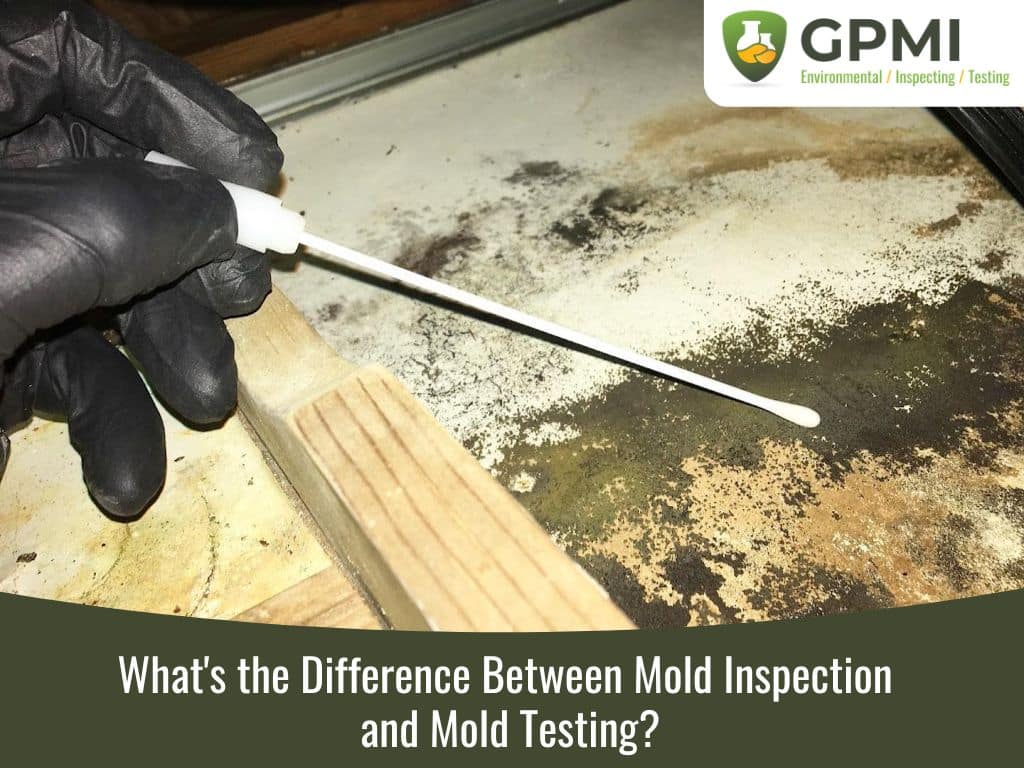Specialist Tips for Blog Post Mold And Mildew Remediation Success
In the world of mold and mildew remediation, efficiently eliminating mold is only half the battle; truth obstacle depends on preventing its reappearance. Post-remediation initiatives play a critical role in guaranteeing a mold-free atmosphere in the long-term. By adhering to professional ideas and best techniques, individuals can secure their rooms versus mold renewal and preserve a healthy and balanced indoor environment. It is in this phase of the remediation procedure that attention to information and positive measures truly make a difference.
Screen Humidity Degrees Consistently
After completing mold remediation procedures, keeping ideal humidity degrees is important to avoid mold and mildew re-growth and guarantee a healthy interior atmosphere. High humidity levels over 60% develop a helpful atmosphere for mold to prosper, making normal keeping track of an aggressive measure to prevent any type of future mold problems.
Furthermore, developing a routine schedule for humidity checks, especially in high-risk locations such as kitchen areas, basements, and shower rooms, is an aggressive strategy to mold and mildew avoidance. By continually monitoring moisture degrees, residential or commercial property owners can successfully alleviate the threat of mold reoccurrence and maintain a healthy indoor environment post-remediation.
Conduct Thorough Inspections Post-Remediation
Adhering to the completion of mold remediation treatments, it is crucial to carry out detailed inspections to confirm the effectiveness of the removal procedure. These post-remediation assessments are crucial in making sure that the mold and mildew issue has been successfully attended to and that there is no recurrence or continuing to be mold growth. Examinations should be accomplished by certified experts who have knowledge in identifying mold and analyzing interior air quality.
During these examinations, various techniques such as visual evaluations, air sampling, and surface tasting might be employed to thoroughly assess the remediated areas. Visual analyses involve an in-depth examination of the properties to look for any kind of visible indicators of mold growth or water damages. Air tasting assists in figuring out the air-borne mold and mildew spore levels, while surface sampling can find mold and mildew bits on surfaces.
Implement Correct Ventilation Strategies
After guaranteeing the effectiveness of the mold removal procedure via thorough evaluations, the following essential step is to focus on implementing correct air flow strategies. Adequate air flow is necessary in preventing mold and mildew reoccurrence by controlling wetness levels and promoting air blood circulation.
Appropriate ventilation not only aids in protecting against mold and mildew development however additionally adds to the general health and wellness and comfort of owners. By making sure adequate ventilation throughout the residential property, you can decrease the risk of mold and mildew regrowth and develop a much healthier living atmosphere. Normal upkeep of air flow systems, including cleaning and filter replacements, is vital to maintaining efficient ventilation. Consulting with a/c professionals can give more insights into maximizing air flow methods for your certain residential navigate to these guys property needs.

Usage Mold-Resistant Materials for Fixes
To boost the long-term effectiveness of mold and mildew remediation efforts, including mold-resistant products for repairs is vital in reducing the risk of future mold and mildew development. Mold-resistant products are made to stand up to dampness and hinder mold development, making them an essential choice for areas prone to dampness and humidity. When repairing areas impacted by mold, utilizing materials such as mold-resistant drywall, mold-resistant paints, and mold-resistant caulking can help avoid mold recurrence.
Mold-resistant drywall is a superb option to conventional drywall in areas like bathrooms and basements where dampness degrees are higher. When exposed to damp problems, this kind of drywall has a special finishing that resists mold and mildew growth also. Furthermore, making use of mold-resistant paints containing antimicrobial agents can even more hinder mold advancement on walls and ceilings.
In locations where moisture is common, such as bathroom and kitchens, utilizing mold-resistant caulking around sinks, bathtubs, and home windows can aid seal out water and avoid mold from taking hold in cracks and gaps. By spending in these mold-resistant products throughout fixings post-remediation, you can significantly lower the likelihood of future mold issues and maintain a much healthier indoor environment.
Maintain Sanitation and Address Water Issues
After mold remediation, it is important to preserve a tidy atmosphere to stop the regrowth of mold. Leakages, water intrusion, or high moisture degrees can create have a peek at these guys the perfect reproduction ground for mold and mildew, so it is critical to take care of any kind of water-related troubles quickly.
To preserve sanitation, think about making use of HEPA filters in vacuums and air purifiers to catch mold spores and avoid their blood circulation in the air. Ensuring appropriate ventilation in areas prone to moisture build-up, such as washrooms and cooking areas, can aid maintain moisture levels in check. By remaining watchful about tidiness and dealing with water issues without delay, you can efficiently protect against mold and mildew reinfestation and maintain a healthy and balanced indoor setting.
Verdict

In the realm of mold and mildew removal, efficiently eliminating mold and mildew is just half the battle; the real challenge exists in stopping its reappearance. After finishing mold removal procedures, keeping ideal humidity levels is crucial to stop mold and mildew re-growth and ensure a healthy indoor setting. Look At This High moisture degrees over 60% develop a favorable environment for mold and mildew to grow, making routine keeping track of a proactive action to prevent any kind of future mold concerns.
To improve the long-lasting efficiency of mold remediation initiatives, integrating mold-resistant materials for fixings is crucial in alleviating the danger of future mold development. After mold removal, it is essential to maintain a tidy environment to avoid the regrowth of mold and mildew.